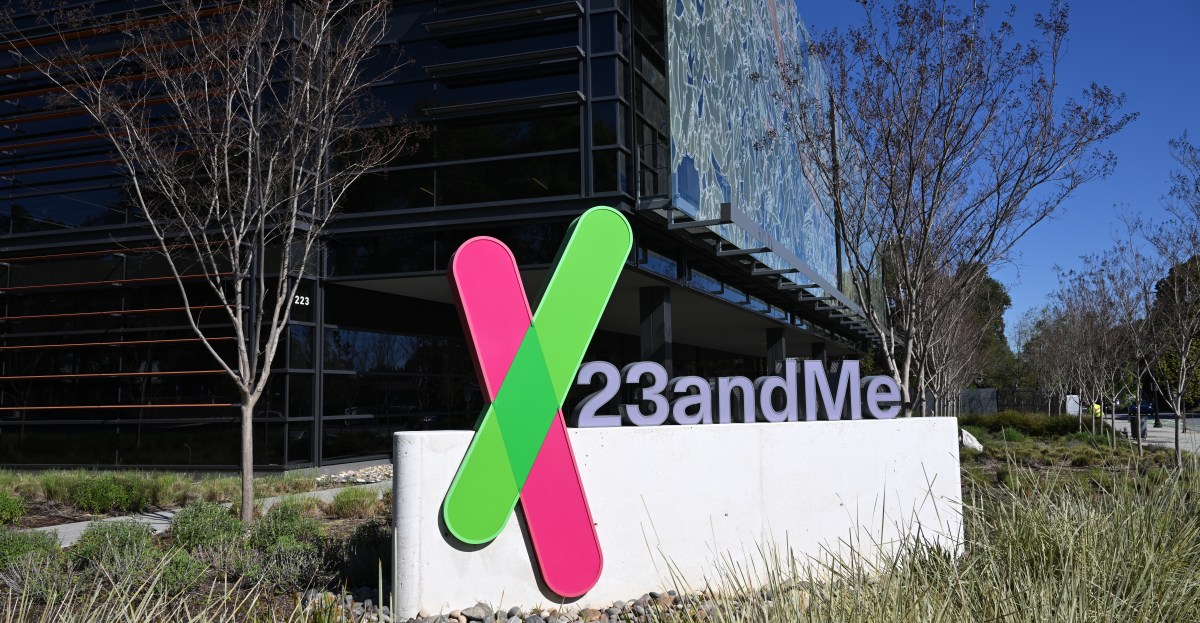Now Reading: You’ve found a lost relative. Now what?
-
01
You’ve found a lost relative. Now what?
You’ve found a lost relative. Now what?

Every week on Vox’s call-in podcast, Explain It to Me, we address the questions that are important to our listeners. When a listener named Hannah asked how to find a long-lost relative, it caught our attention. Hannah shared that while she knew her father was out there, she never dwelled on it much as she had a fulfilling life. However, upon finding him online and reaching out, she faced a whole new set of uncertainties. Journalist Libby Copeland, author of The Lost Family, a book exploring the impact of at-home DNA testing on families, delves into the complexities of biological versus non-biological family ties and how they shape our identities.
In this week’s episode, Copeland discusses strategies for finding family members, the influence of DNA tests, and what to do if you discover an unexpected relative. Below is a condensed version of the conversation with Copeland.
If you want to listen to Explain It to Me, you can find us on Apple Podcasts, Spotify, or wherever you listen to podcasts. To submit a question for consideration, email askvox@vox.com or call 1-800-618-8545.
Has your perspective on family changed due to this reporting?
Certainly. While I grew up with my biological family, I’ve learned a lot from those without genetic ties to their upbringing. The pull of genetic family seems profound. For instance, connecting with distant ancestors in Sweden made history feel more tangible and personal to me, bridging the past with the present.
If a DNA test reveals a family connection, how should one initiate contact?
Approach the situation based on your level of knowledge and the relationship dynamics. Starting with the immediate connection identified through the test is often recommended, but for more significant relations like half-siblings, it might be advisable to reach out to the shared parent first for a smoother introduction to other relatives.
When reaching out to newfound family members, what is the best approach?
Sending a well-thought-out letter is often preferred to more abrupt means like showing up unannounced. The tone of the letter is crucial in setting a respectful and open dialogue to begin building a relationship gradually.
In situations where the parent is hard to reach, should you contact their children?
A gentle approach acknowledging the genetic connection and expressing interest in learning more about the relationship is advisable. Respect the other person’s boundaries and give them the space to respond at their comfort level.
Navigating questions about absent family members can be challenging. How can one address these sensitive topics?
Approach the conversation with empathy and understanding, recognizing that the other party may have their reasons for the past actions or lack of involvement. Respect their response and seek closure in a way that feels authentic to you.
In the pursuit of connecting with new family, how can one balance existing family relationships?
It is possible to embrace both biological and chosen family members without diminishing the importance of either. Communicate openly with all parties involved, expressing gratitude for their role in your life while exploring your genetic heritage respectfully.
In the quest to understand our identities through genetics, it’s vital not to oversimplify the influence of DNA on our personalities and futures. Embrace the complexities of familial relationships and nurture connections with both old and new family members with care and consideration.






